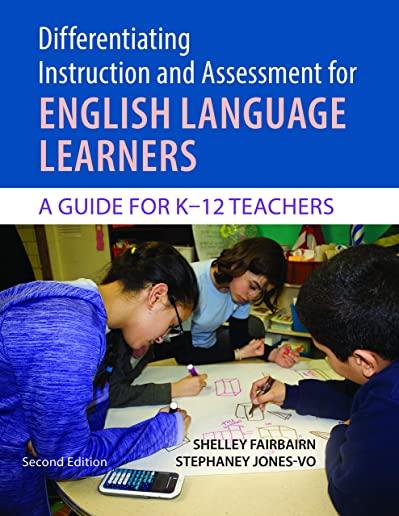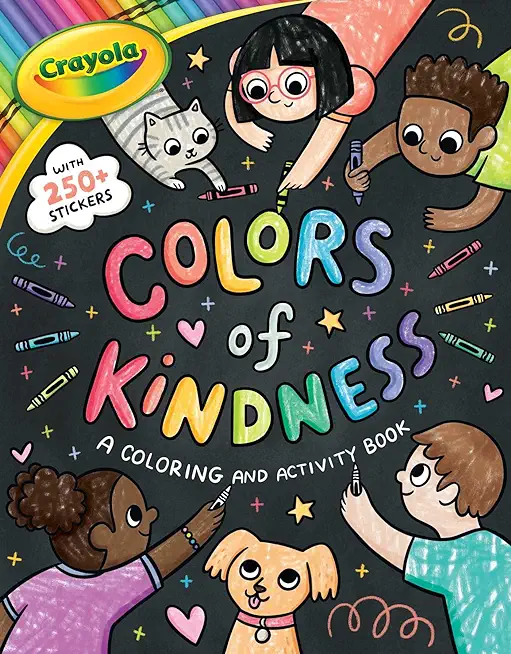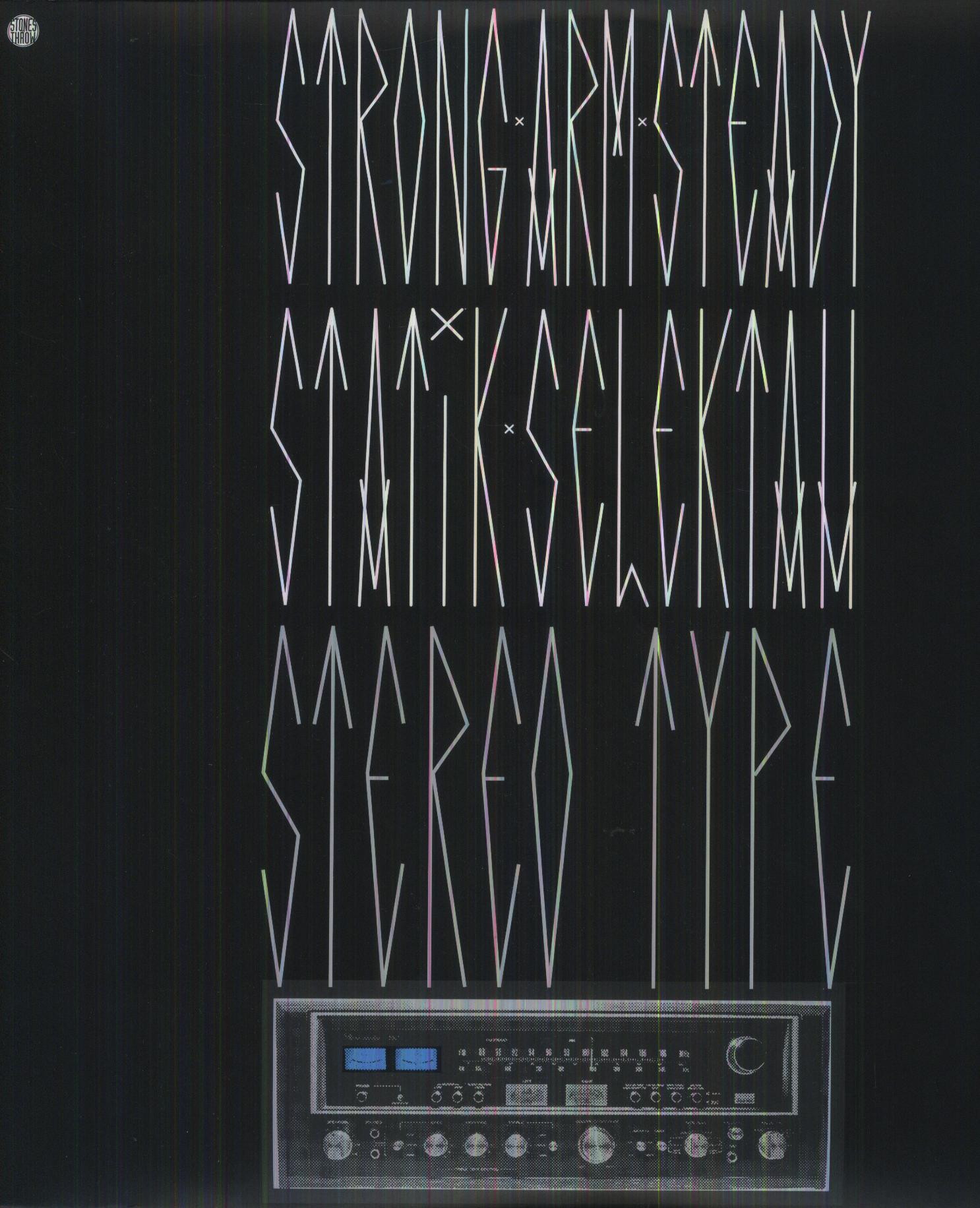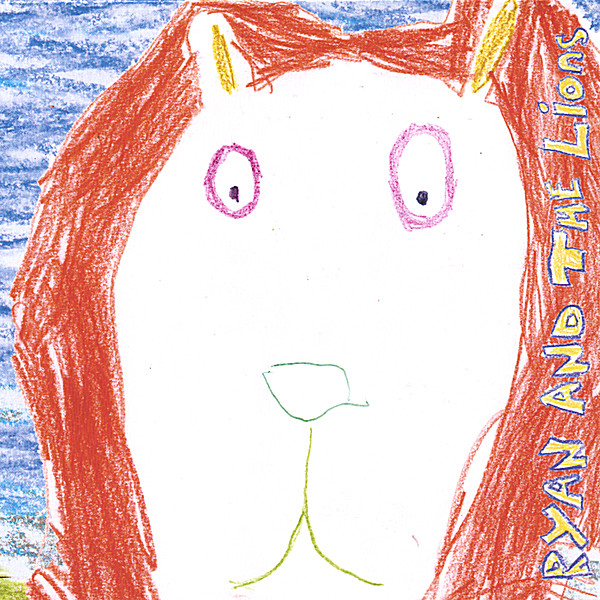
Fairbairn, Shelley
product information
description
4This user-friendly guide shows elementary and secondary general education and content-area teachers, as well as literacy, special education, and English language development (ELD) specialists, how to differentiate core content-area instruction and assessment for the English language learners (ELLs) in their classes. The book provides concrete strategies that teachers can use in any content-area classroom to engage every ELL, from beginning to advanced levels of ELD. The authors also highlight how teachers can address critical differences between ELLs with a strong foundation in the home language as well as students with limited or interrupted formal education (SLIFE). The book and flipchart set is aligned with national and state English language proficiency standards and assessments, and it gives teachers tools to ensure that every ELL develops the oral and written academic language they need to reach high content-area standards and succeed at school. Teachers can use this tool to scaffold and support student learning in linguistically and culturally diverse classrooms so that all students--including ELLs--can attain high content area standards and learn to use English for academic purposes. Key Features
New to the Second Edition
- True-to-life scenarios of students and teachers in elementary, middle, and high school classrooms ground every chapter
- Easy-to-use templates model how to differentiate core-content instructional units and lessons according to ELLs' ELD level and other background factors (e.g., home language literacy, prior schooling, cultural orientation)
- End-of-chapter professional development activities guide teacher implementation
- Extensive resources enhance continued professional development
- Differentiator flip chart for use in the classroom
New to the Second Edition
- Responds to changes in student demographics and learning standards
- Additional chapter on teaching content and language to diverse learners
- Attention to academic language at the word, sentence, and discourse levels
- Greater focus on how students learn to use language and literacy for school success
- Stronger emphasis on teacher collaboration, leadership, and innovative teacher-directed approaches to professional learning
- Incorporates feedback from teachers and educators in the field
member goods
No member items were found under this heading.
Return Policy
All sales are final
Shipping
No special shipping considerations available.
Shipping fees determined at checkout.







